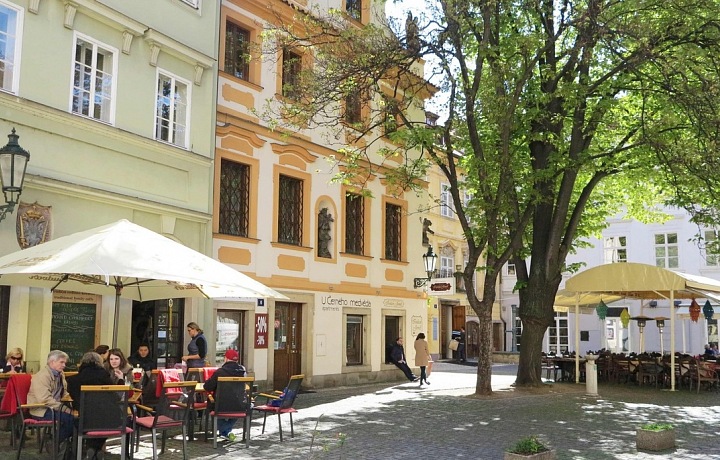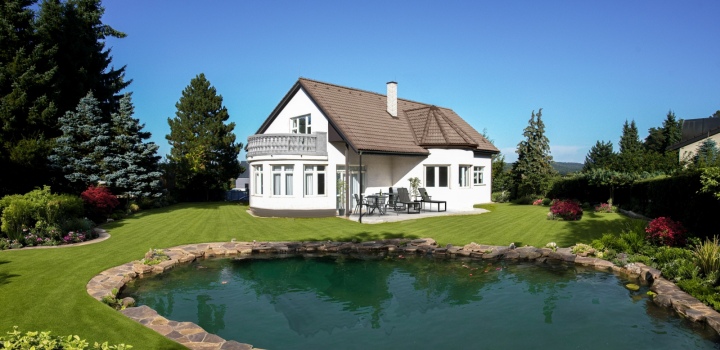Ungelt: Important Courtyard of Old Prague
Týnský dvůr, also called Ungelt, is located behind the Týn Cathedral between Týnská and Malá Štupartská streets. The origins of the compound date back to the 11th Century, when there was a fortified merchant’s yard with a church, lodge, pub and hospital. The courtyard also functioned as a customs house and centre of trade.
A place that guarded trade
Every trader who brought goods to Prague had to report it at this location and pay a customs fee, which at the time was called “ungelt” – hence the name of this luxurious corner of Prague. The word “týnský” is derived from the word “otýněný”, which was an old Czech term for “enclosed”.
However, merchants also used the place to rest and enjoy evening entertainment during which nothing could go wrong, because weapons were not allowed past the gate.
War, reconstruction and new function
Prague grew and trade flourished, but Ungelt was unable to cope. Týnský dvůr functioned as the city’s customs office until 1774, when the shape of the courtyard started to change. Shops, apartments, warehouses and offices were created. World War II had a very adverse impact on the place, and the necessary reconstructions after the war dragged on until the 1990’s.
Today, the place boasts repaired buildings, luxury restaurants and shops. Týn still creates the impression of a closed courtyard, although its gates are always open.
Luxury houses in renaissance, baroque and gothic style
The Ungelt compound now consists of 18 buildings. For instance, you can admire the beautifully painted renaissance Granovský Palace with an arcade loggia. The other buildings are also worth noting. Most of them are gothic with a modified, mainly baroque exterior.

















